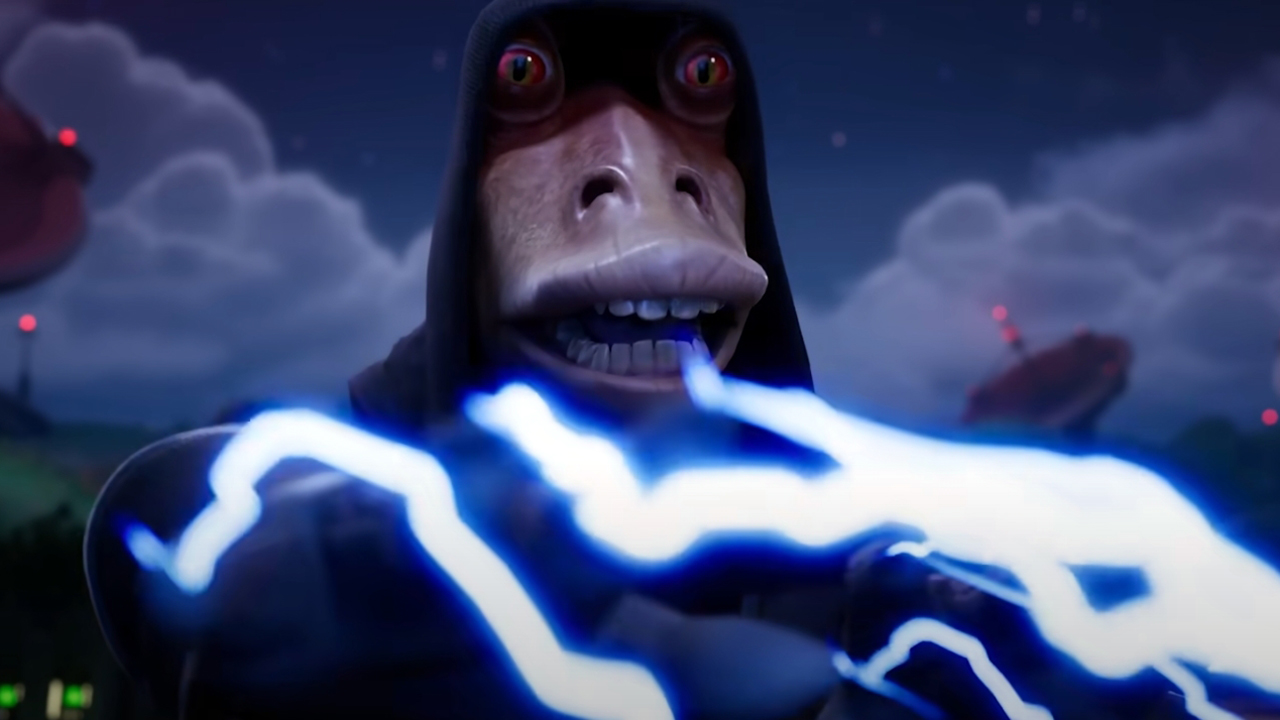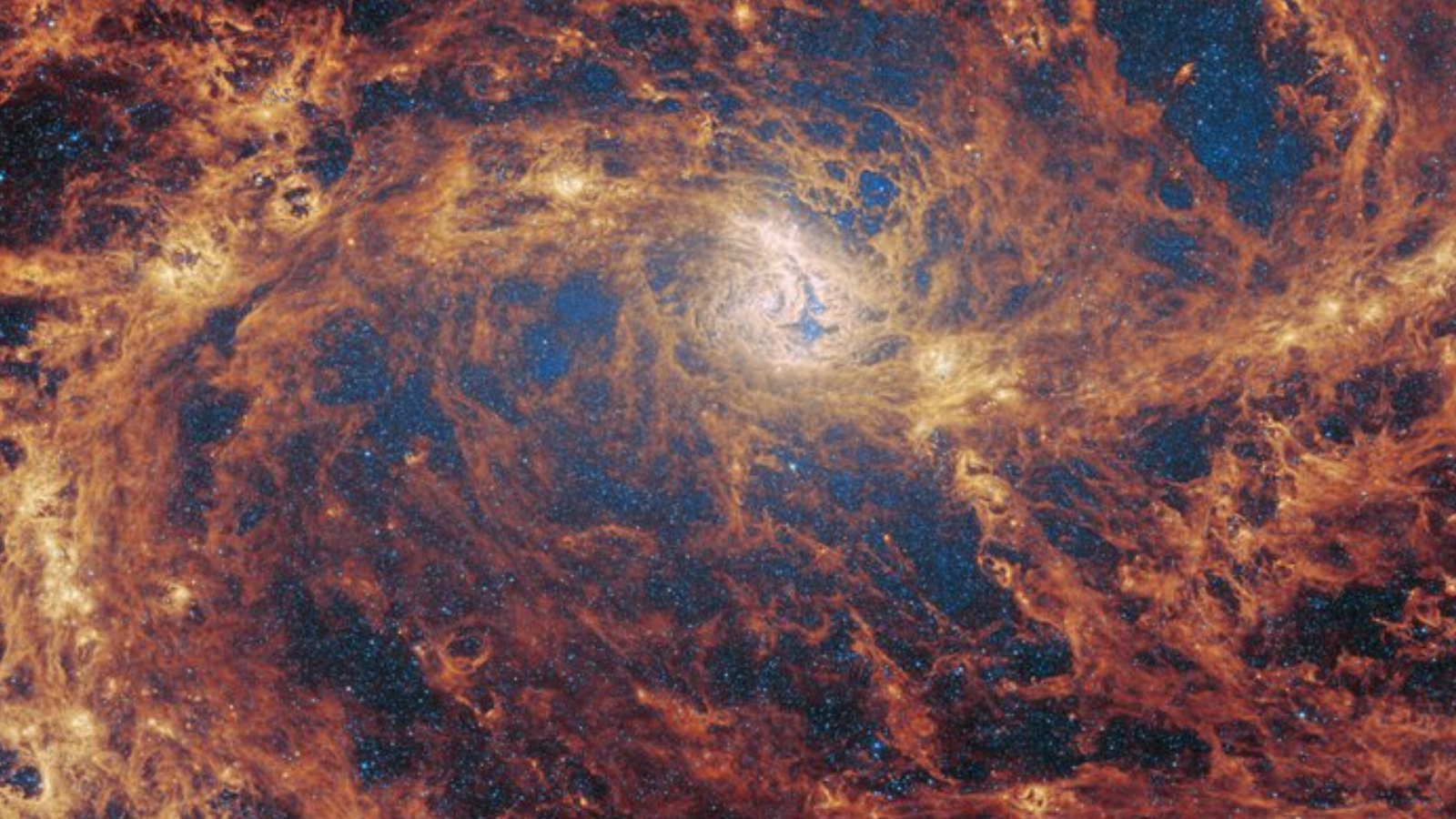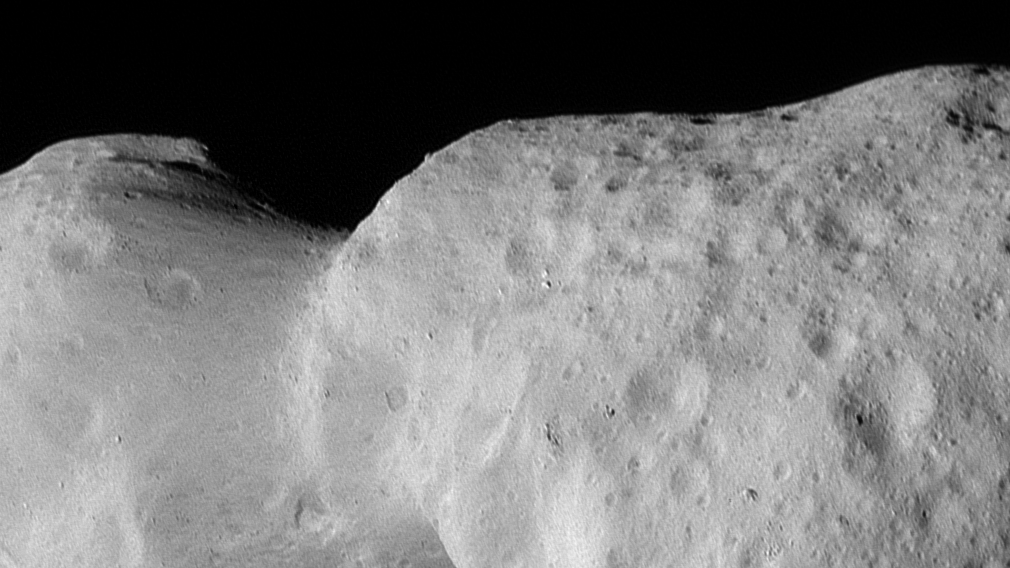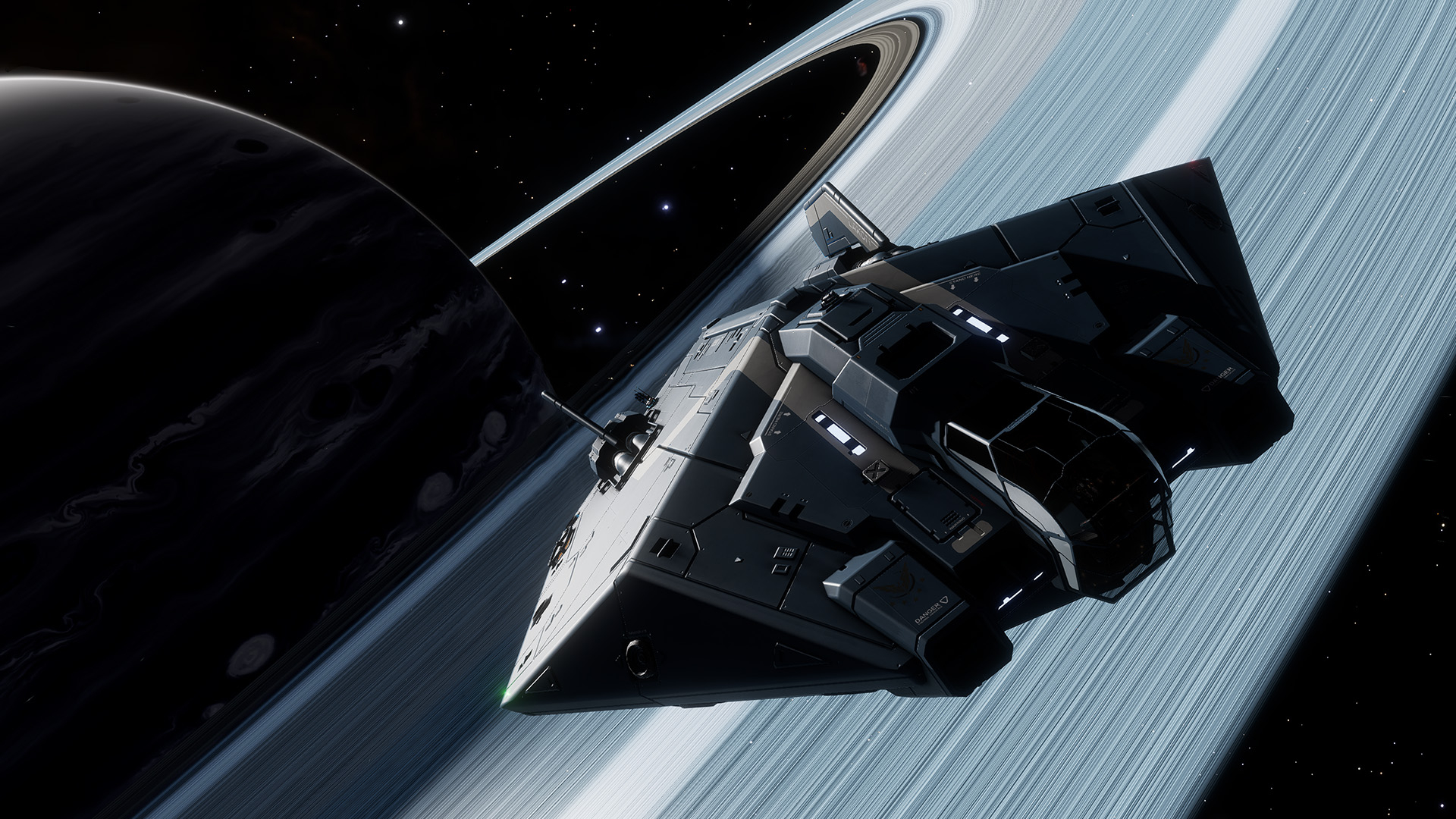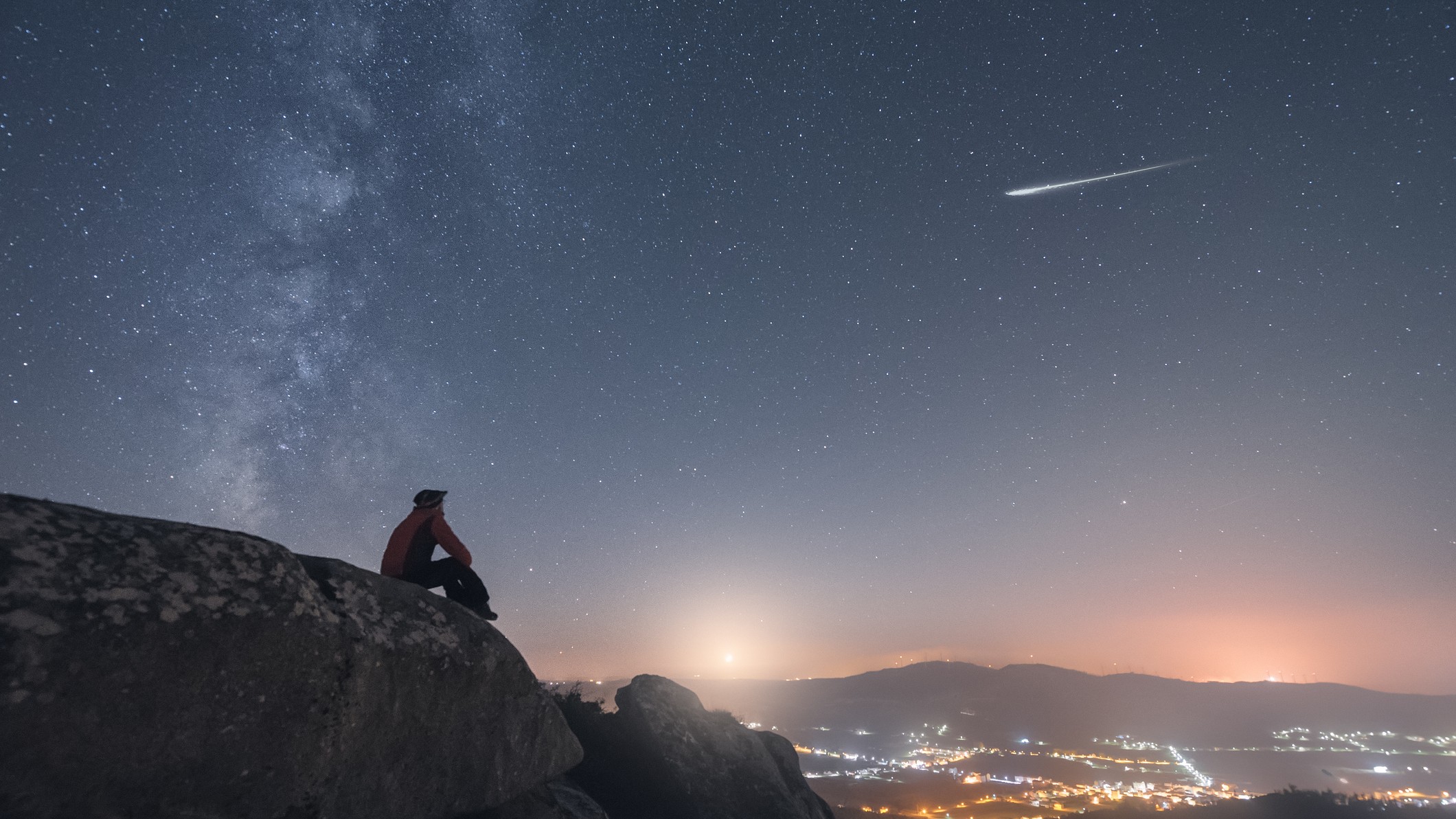25 years on, Vin Diesel's 'Pitch Black' still outshines every other Riddick film — and we think we know why
As the cult classic sci-fi monster movie turns 25, we look at why it eclipses everything Vin Diesel's antihero has done since.
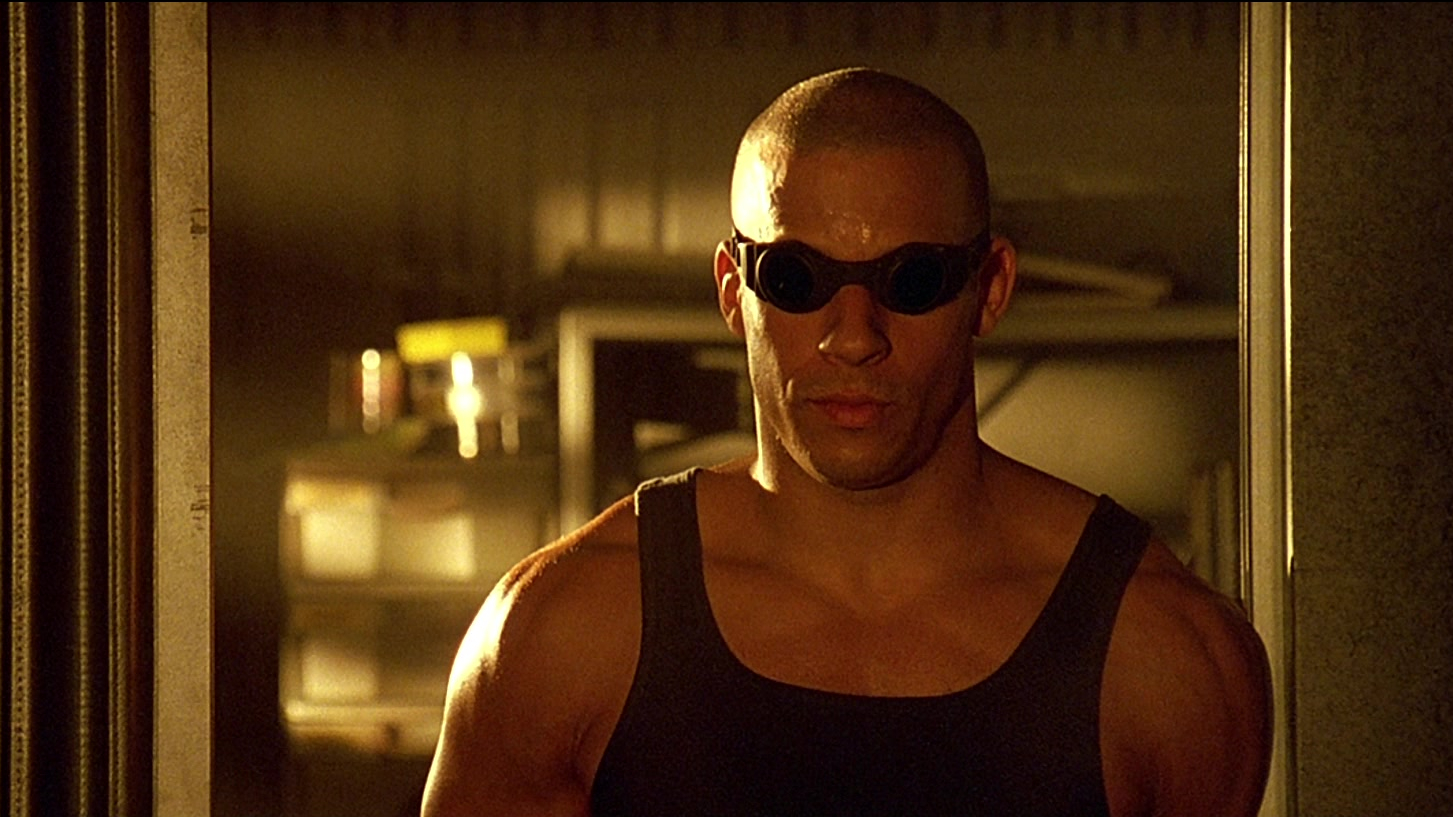
In 2000, a man named Mark Sinclair was on the verge of hitting the big time. He'd already voiced the Iron Giant, and been a supporting player in "Saving Private Ryan" and financial drama "Boiler Room". But it was playing an unashamed antihero in sci-fi actioner "Pitch Black" — which turned 25 a little while ago* — that would make the world take notice of the actor better known as Vin Diesel.
Within a couple of years, Diesel had headlined both the original "The Fast and the Furious" and extreme sports-themed Bond rip-off "xXx". It's telling, however, that he passed on sequels to both those films, yet chose to reprise his "Pitch Black" role as charismatic murderer Richard B. Riddick. This was the perfect marriage of character and star, and it feels unlikely the movie would have had the same impact had studio bosses got their way and cast Steven Seagal as the amoral (or is he?) escaped con who can see in the dark.
Indeed, Riddick was such a big deal that he bagged himself a big-budget follow-up, though the epic space opera of "The Chronicles of Riddick" (released, along with videogame prequel "Escape From Butcher Bay", in 2004) lost sight of what made "Pitch Black" a sleeper hit. Yes, Riddick is by some distance the standout character, but he's also first among equals in an ensemble cast.
To claim it's all about him ignores the fact that it's also a deftly constructed sci-fi horror with a killer premise, highly effective monsters, and — thanks to David Twohy's intelligent direction — a brilliant understanding of how to make a relatively tight budget stretch a long way. In hindsight, making Riddick the focus of the sequel was a bit like bringing Ripley back for an "Alien" follow-up but forgetting about the Xenomorphs.
*Our intrepid Entertainment Editor managed to temporarily blind himself for a few days, hence the slight delay in publishing here. Rumours that he was attempting to get a Riddick-style "shine job" on his eyes are spurious and to be ignored.
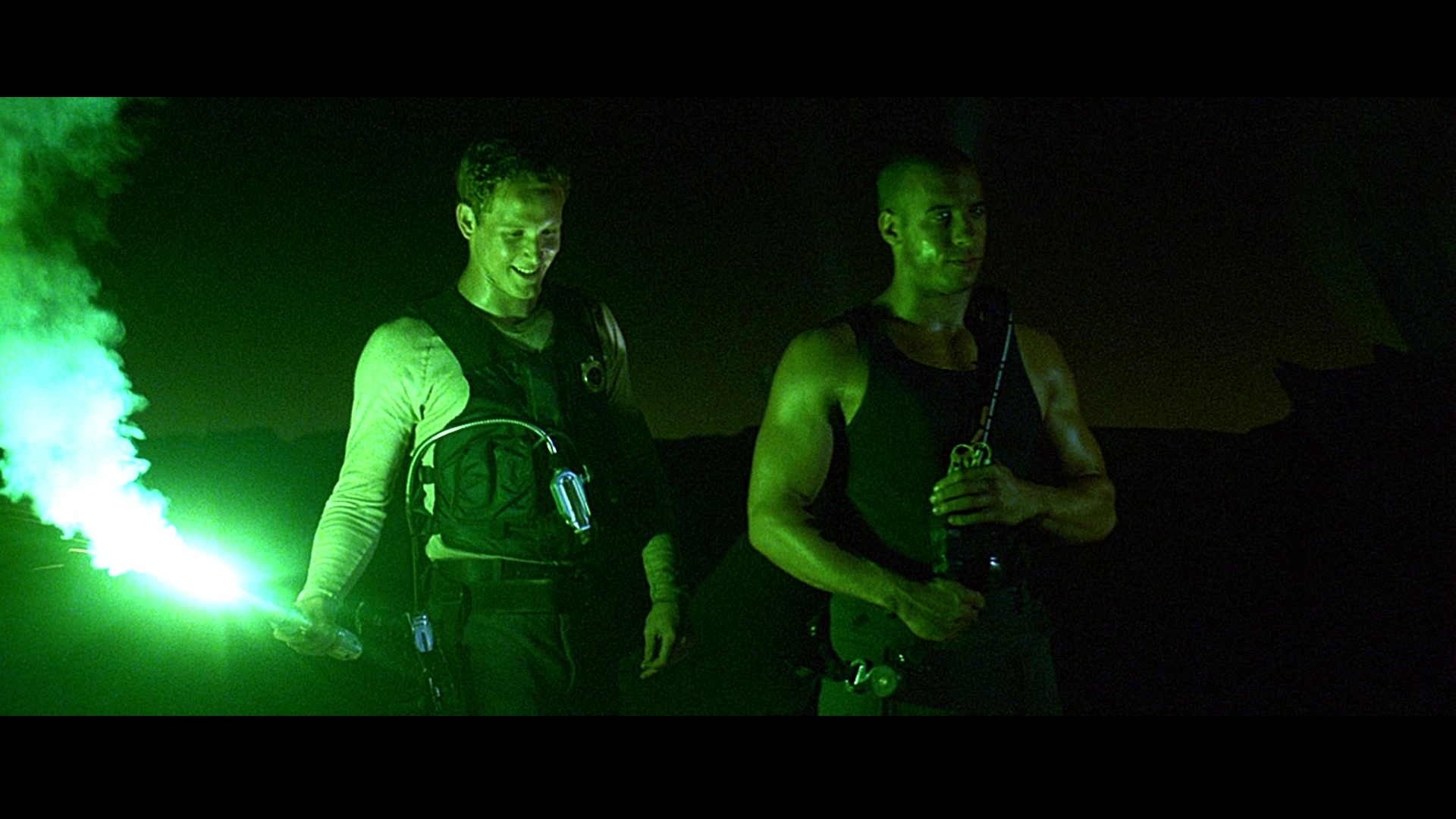
In the tradition of all the best high-concept movies, everything you need to know about "Pitch Black" can be summed up in a couple of sentences:
The Hunter Gratzner transport ship crashes on the surface of an alien world bathed in perpetual daylight by its three suns. The bad news for the survivors, however, is that they've landed at the one time every 22 years when an eclipse plunges the planet into darkness, allowing the indigenous (and extremely carnivorous) nocturnal life to come out to play.
Get the Space.com Newsletter
Breaking space news, the latest updates on rocket launches, skywatching events and more!
But before it becomes a no-holds-barred space horror movie, "Pitch Black" is effectively a survival drama. Even without those pointy-toothed "bio-raptors" hunting down anything that moves, this hot, arid world is extremely hostile to human life. And that's before you've addressed the question of what happened to the people who lived in the deserted dwellings on the planet's surface.
Ironically, the production had to put up with unexpectedly cold and wet conditions while filming in Coober Pedy, Australia. Not that you'd know it when watching the film: the actors perspire as if they'd just stepped out of a sauna, while director/co-writer Twohy and cinematographer David Eggby (who worked on the original "Mad Max") accentuate the sunlight with a bleach bypass processing technique that gives the film a characteristic desaturated look. They also change the dominant colour depending on which star is overhead, and throw in a few spectacular shots of giant ringed planets straddling the horizon to remind us we're a long, long way from home.
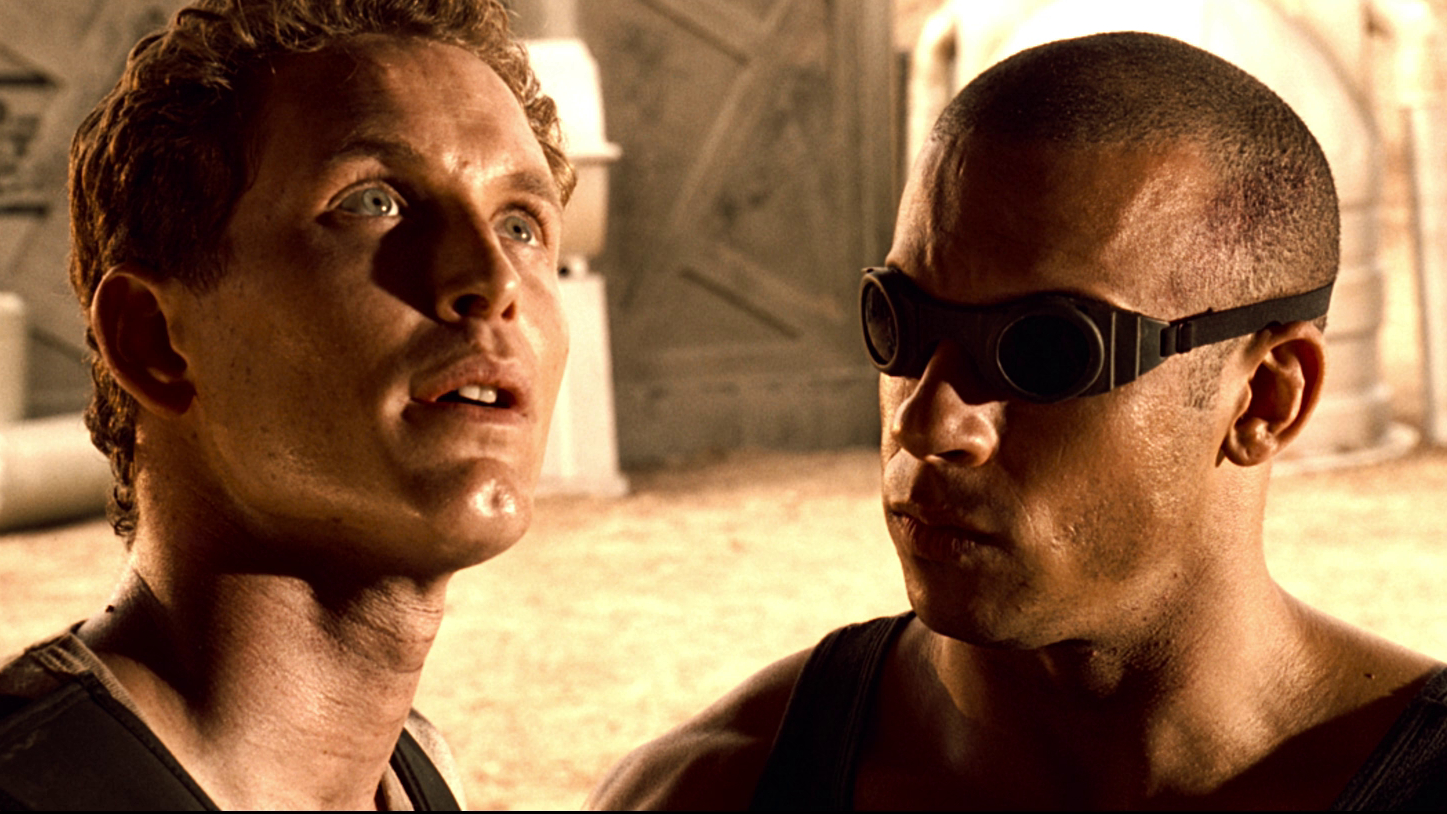
Meanwhile, in the spirit of classic disaster movies like "The Towering Inferno" and "The Poseidon Adventure", "Pitch Black" throws together characters who should never be in the same room together, let alone depending on each other for survival. They're also, with the possible exception of Keith David's Imam and his young followers, rarely what they initially seem.
Jack (Rhiana Griffith), the kid who idolises and subsequently cosplays as Riddick, is actually a girl pretending to be a boy because she believes she'll be safer that way. Docking pilot Carolyn Fry (Radha Mitchell) spends the entire film trying to make amends for almost ditching her passengers to save herself, while Johns (Cole Hauser) isn't really a law enforcement officer, but a morphine-addicted bounty hunter looking to score big by handing in Riddick
And then there's Riddick himself, who — as well as hogging the best lines — mixes the escapologist skills of Harry Houdini with the elusive, otherworldly movements of "Halloween" bogeyman Michael Myers. His motives also remain deliciously ambiguous throughout, which is probably why he's the prime suspect when crash survivors start to go missing…
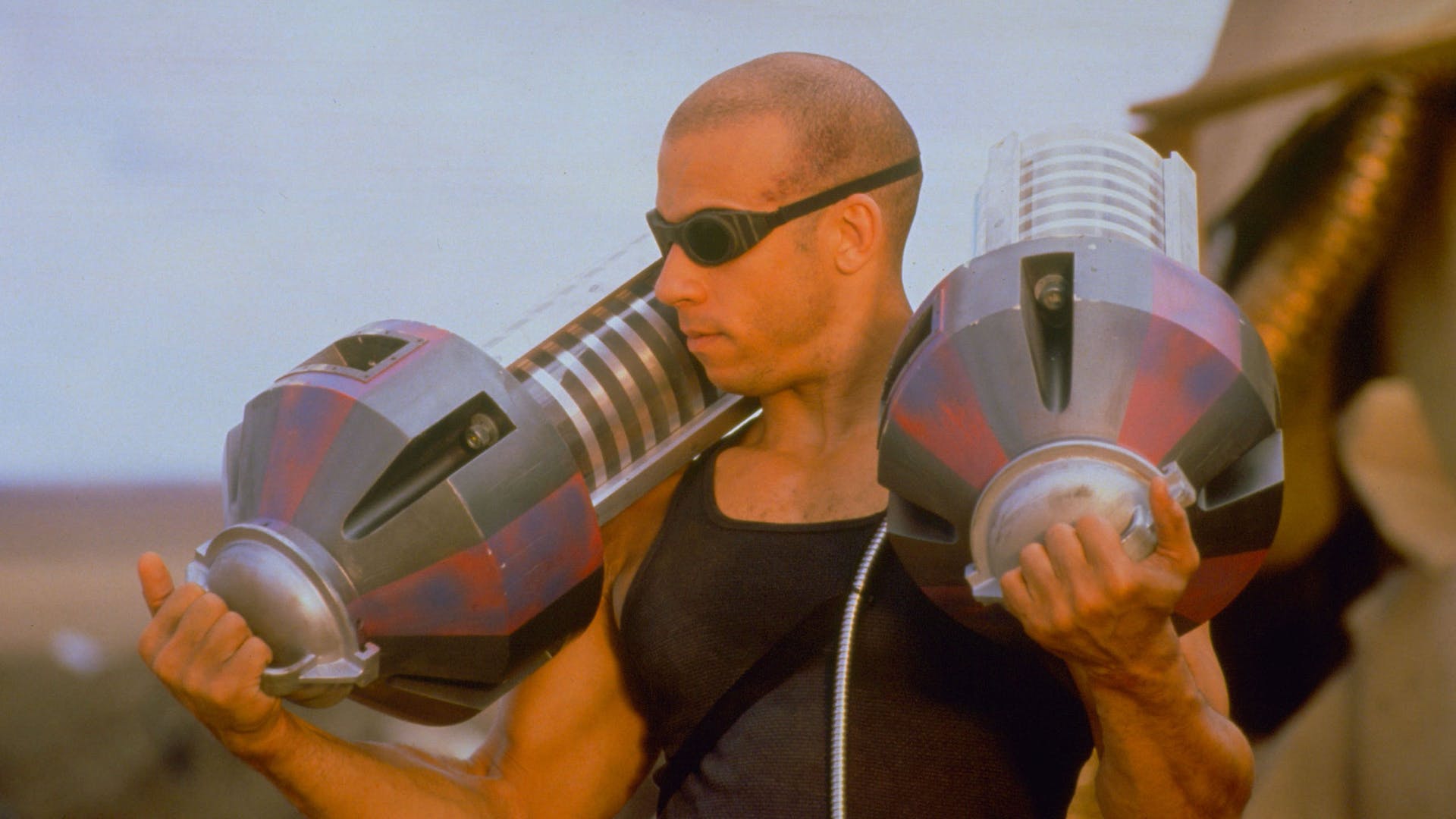
But despite his lengthy rap sheet, this is one crime of which Riddick is entirely innocent. The real culprits, of course, are those bio-raptors who have a severe allergic reaction to light, and (much like certain species of cicada) have lain dormant for years on end.
The original story was written by horror specialists Ken and Jim Wheat (whose resumés also include "A Nightmare on Elm Street 4: The Dream Master", "The Fly II" and "Ewoks: The Battle for Endor"), and sits in the same rule-based sub-genre of sci-fi as "Tremors" and "A Quiet Place" — just insert "stay in the light" in place of "keep off the ground" and "don't make a noise".
It proves to be an extremely effective storytelling device, especially on a planet where previous settlers, for obvious reasons, saw little need for artificial lighting. Torches and even glow-in-the-dark bugs are an effective weapon against the photo-sensitive local fauna, though naked flames do lose their power when nightfall brings the first rain in years. Suddenly, Riddick's effervescent peepers become their only hope for survival, if he can be bothered to help out.
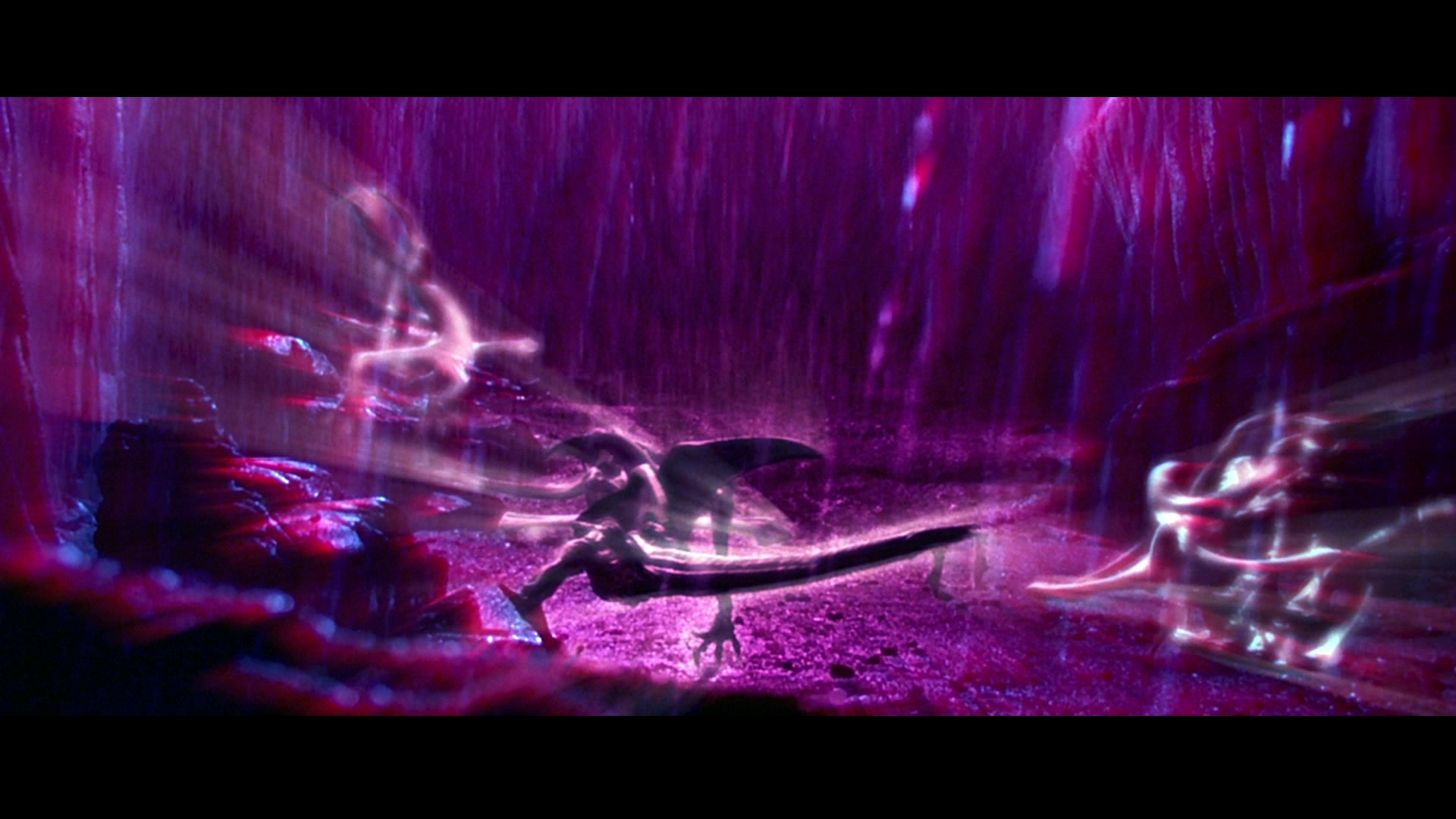
Riddick-vision — like the bio-raptors' echo location — also becomes an ingenious way to show the monsters without wasting money on high-resolution CG. As he does by depicting most of the Hunter Gratzner crash from inside the unfortunate ship, Twohy takes a leaf out of the "Jaws" handbook, adopting a less-is-more approach that many VFX-happy monster movies of the era should have followed.
Despite its R rating, "Pitch Black" was a big enough success for Universal to bankroll Diesel and Twohy's return in the PG-13 "The Chronicles of Riddick". The plural in the title ultimately proved over-optimistic, however, and when the movie barely made back its $100 million-plus budget, Richard B. Riddick's misadventures had seemingly come to an end.
Until, that is, another of Diesel's franchises came to the rescue. The star seemingly never lost faith in Riddick, and won the rights to the character as part of the deal that tempted him back for an uncredited cameo in 2006's "The Fast and the Furious: Tokyo Drift". As the souped-up automobile saga became one of the most lucrative franchises on planet Earth, Diesel and Twohy brought Riddick back to his lower-budget roots with 2013's "Riddick". That movie proved a moderate success at the box office, and the duo are also reuniting for a new movie, "Furya", which will reportedly explore Riddick's past.
But however that turns out, it's hard to imagine anywhere he'll be quite so in his element as he was on that alien world where everyone should be afraid of the dark.
"Pitch Black" is available to stream on Prime Video in the US.
Join our Space Forums to keep talking space on the latest missions, night sky and more! And if you have a news tip, correction or comment, let us know at: community@space.com.
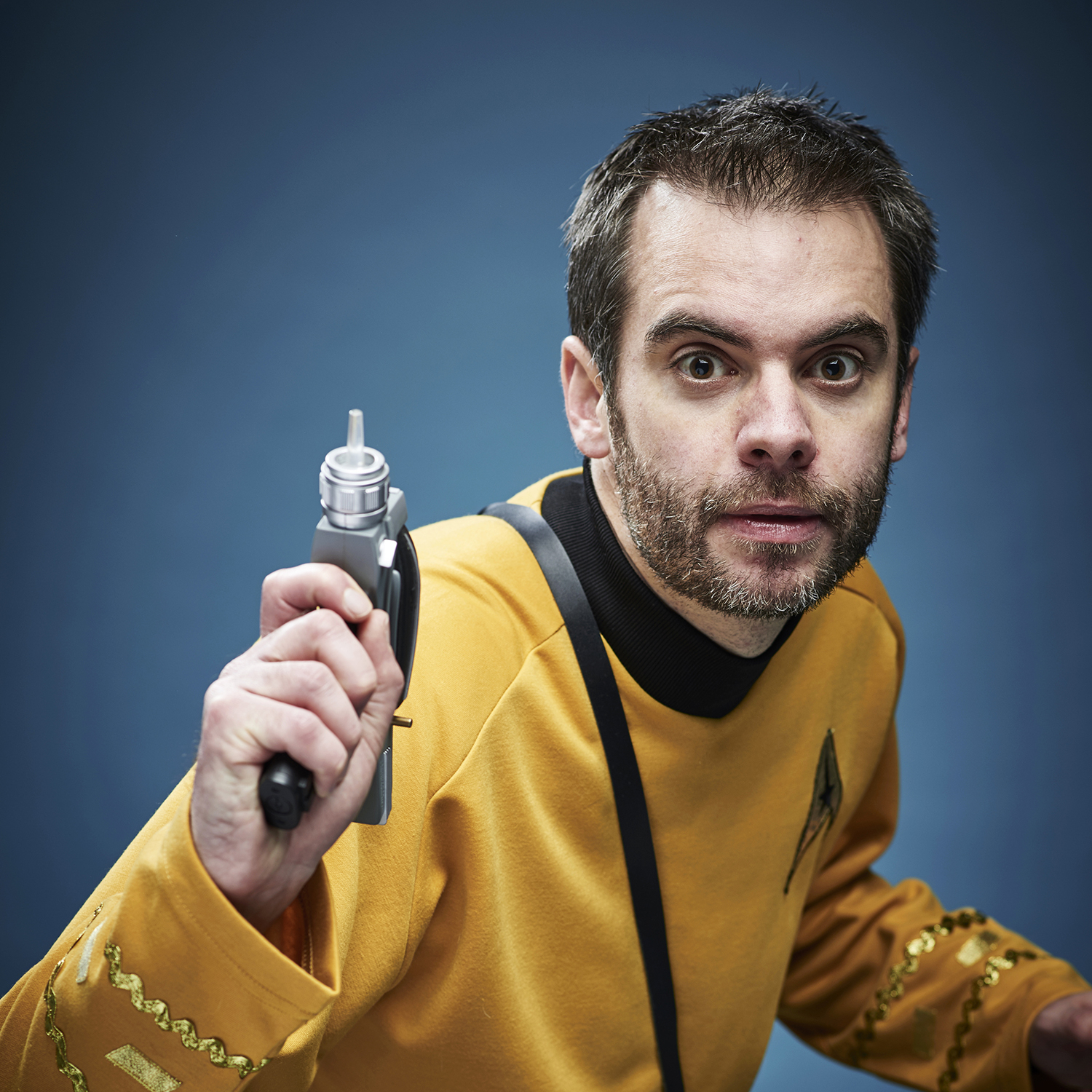
Richard's love affair with outer space started when he saw the original "Star Wars" on TV aged four, and he spent much of the ’90s watching "Star Trek”, "Babylon 5” and “The X-Files" with his mum. After studying physics at university, he became a journalist, swapped science fact for science fiction, and hit the jackpot when he joined the team at SFX, the UK's biggest sci-fi and fantasy magazine. He liked it so much he stayed there for 12 years, four of them as editor.
He's since gone freelance and passes his time writing about "Star Wars", "Star Trek" and superheroes for the likes of SFX, Total Film, TechRadar and GamesRadar+. He has met five Doctors, two Starfleet captains and one Luke Skywalker, and once sat in the cockpit of "Red Dwarf"'s Starbug.
You must confirm your public display name before commenting
Please logout and then login again, you will then be prompted to enter your display name.





